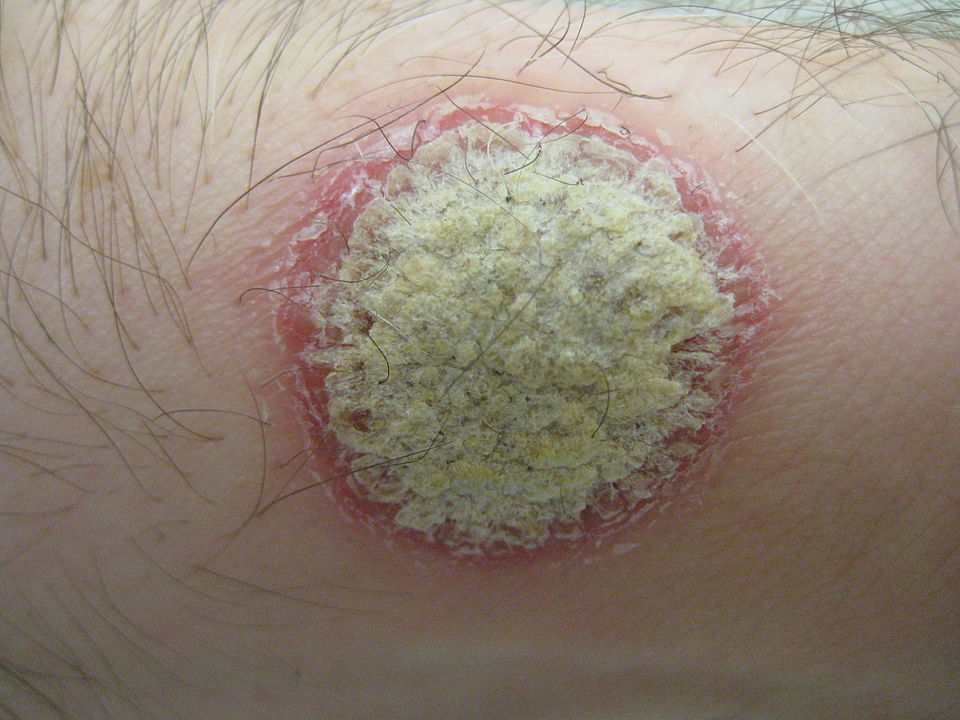
A new study on psoriasis has determined that a protein called NF-kB c-Rel can intensify the condition’s symptoms when activated by signals from the body’s immune system. Understanding how “c-Rel” affects skin inflammation could lead to new treatments, said the researchers at Case Western Reserve University School of Medicine.
The study, published recently in eBioMedicine, examined how c-Rel contributes to the function of dendritic cells (DCs), a type of immune cell. The study examined how c-Rel responds to specific immunological signals through Toll Like Receptor 7 (TLR7), which regulates innate immunity and inflammation, exacerbating psoriasis.
The researchers also found the absence of c-Rel alleviates inflammation that causes red, scaly patches on the skin. TLR7 meanwhile is known to be activated by diseases such as HIV and HPV, which are also linked to the development psoriasis.
“We believe that by focusing on c-Rel and TLR7, scientists might be able to create more targeted treatments that reduce inflammation and help psoriasis symptoms,” said Parameswaran Ramakrishnan, associate professor of pathology, member of the Case Comprehensive Cancer Center and researcher at Louis Stokes Cleveland VA Medical Center, the study’s principal investigator.
“This may help relieve the discomfort millions of people live with skin inflammation.”
The researchers examined skin samples from psoriasis patients and a mouse model with similar skin changes.
They analysed c-Rel levels and its behaviour in specially engineered cells lacking the protein; they also examined the mouse model lacking c-Rel.
Their goal: to better understand how c-Rel impacts the immune response in psoriasis.
“Our research shows that c-Rel plays a major role in psoriasis inflammation,” said Angela Liu, lead author and a recent graduate of the School of Medicine’s pathology department.
“We saw higher levels of c-Rel in psoriasis; mice lacking c-Rel were significantly protected from developing psoriasis and showed less inflammation.”
Ramakrishnan said their study revealed the potential role for TLR7 and c-Rel signalling in human psoriasis. A range of viruses that activates TLR7, including human immunodeficiency virus (HIV), human papilloma virus (HPV) and hepatitis C virus (HCV), are linked to the development of psoriasis.
“The research warrants future studies on TLR7-c-Rel-dependent molecular mechanism regulating DC function as a potential link for how viral TLR7 activation is involved in worsening psoriatic disease,” Ramakrishnan said. “From a broad perspective, it would be interesting to further explore the role of c-Rel and TLR7 in other biologically relevant diseases involving these proteins, such as systemic lupus erythematosus and wound-healing in diabetes.”
Source: Case Western Reserve University

